Lecture #4 Forms of social life: Interaction. Groups.

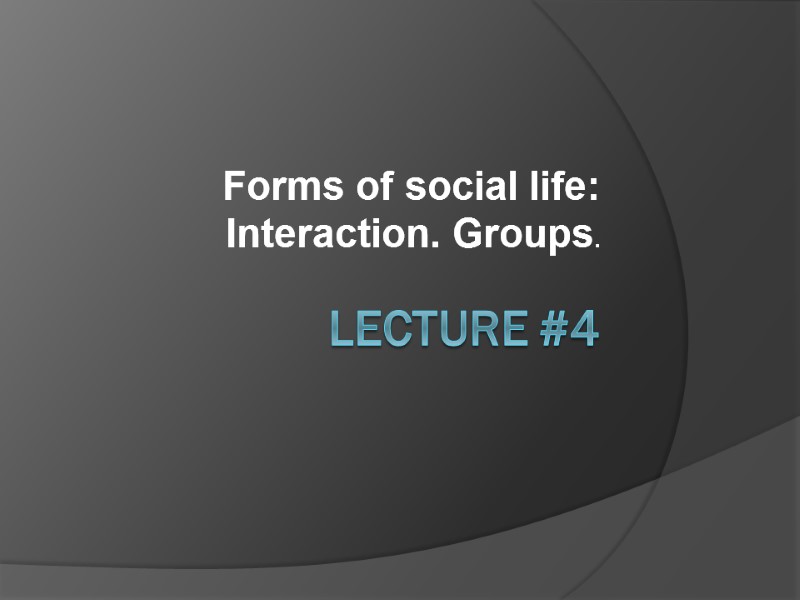
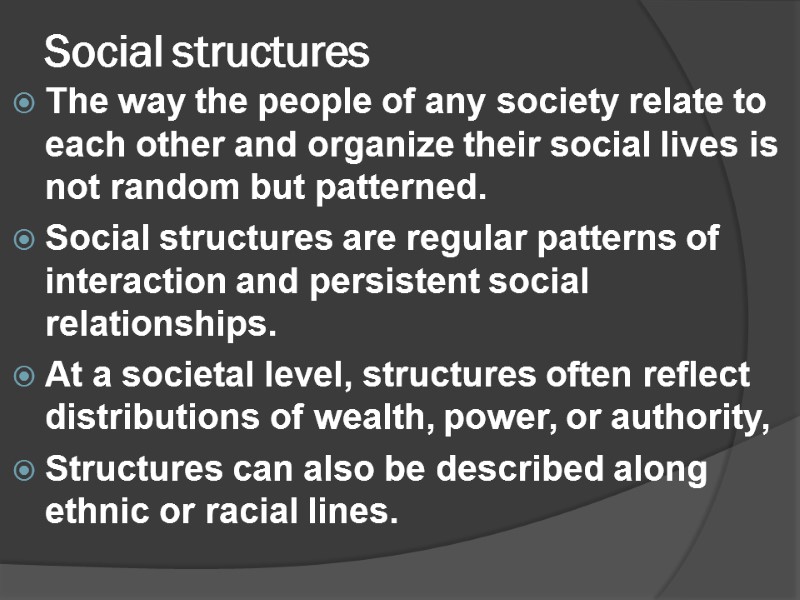
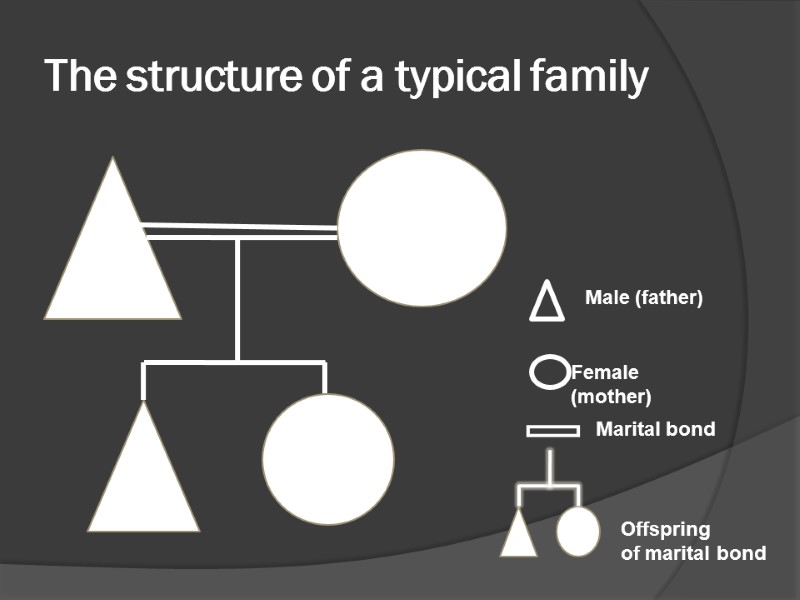

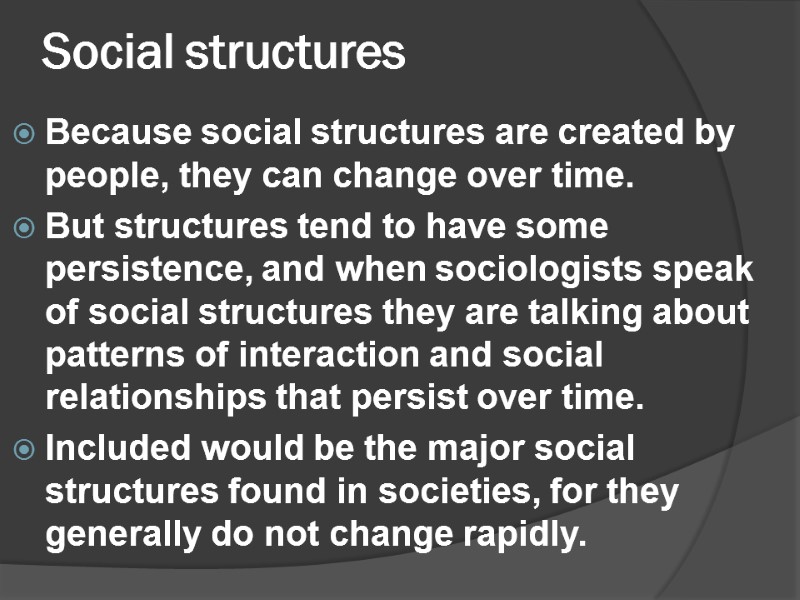
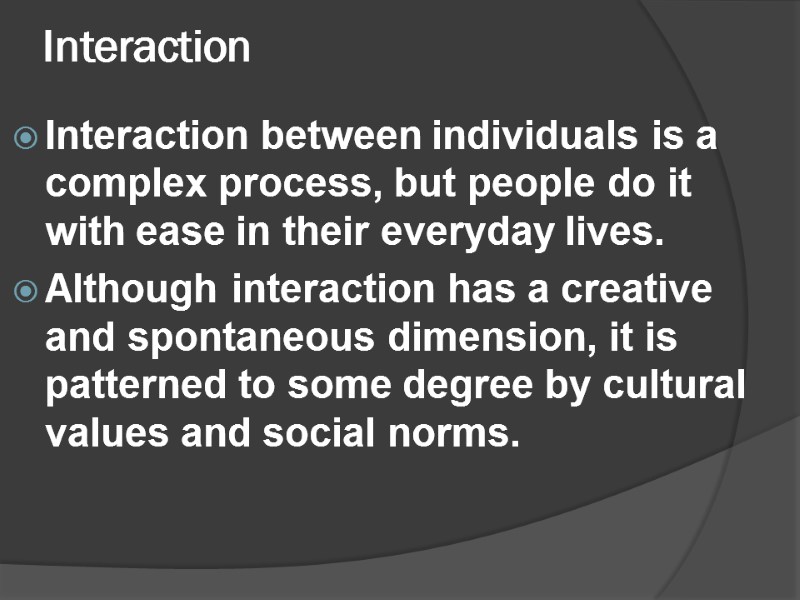
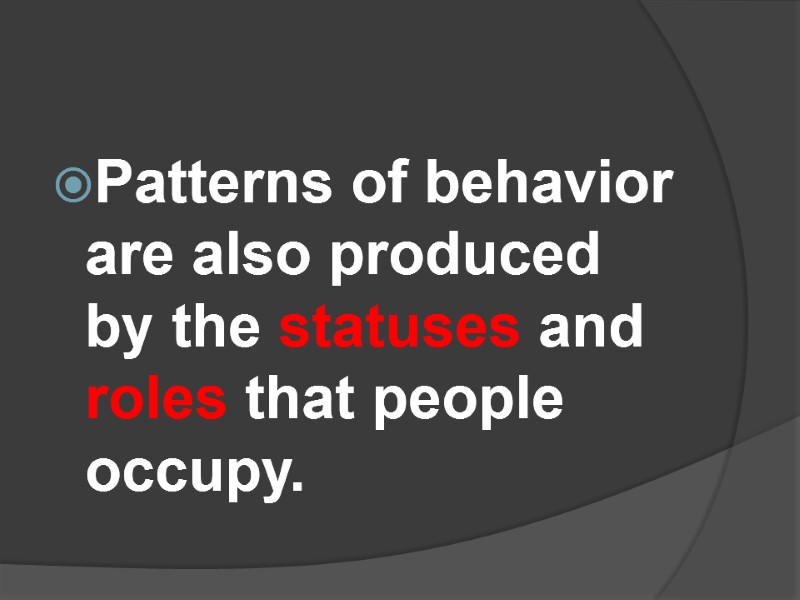
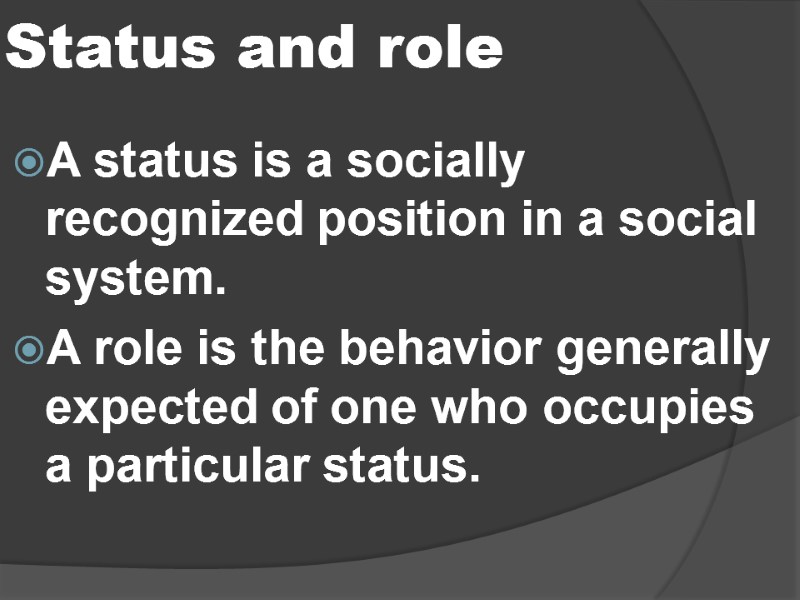
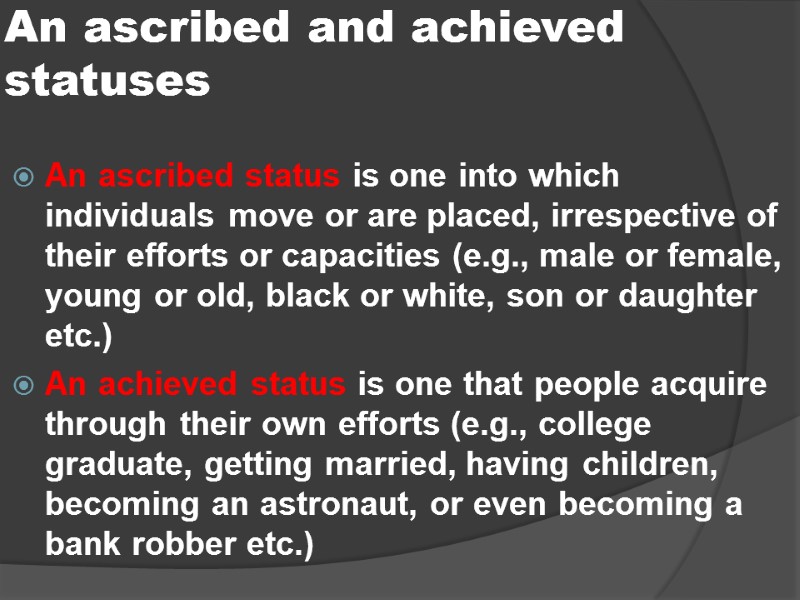
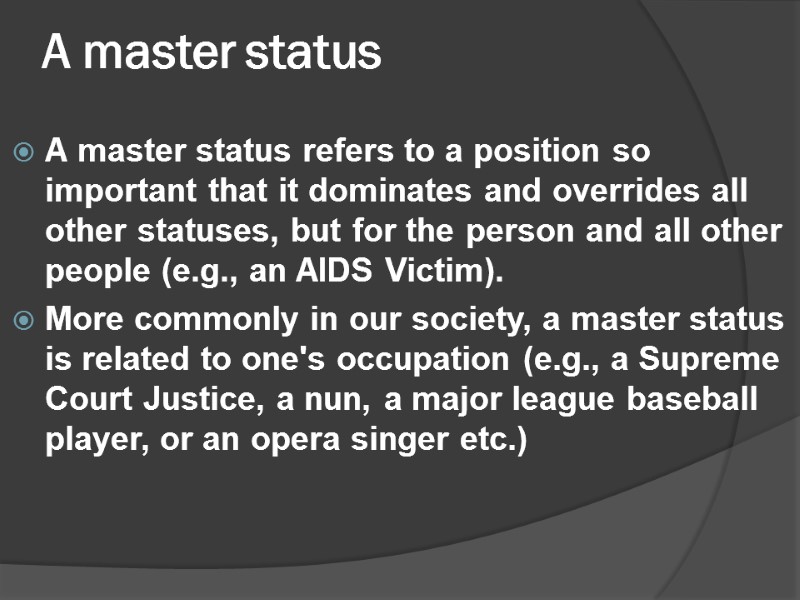
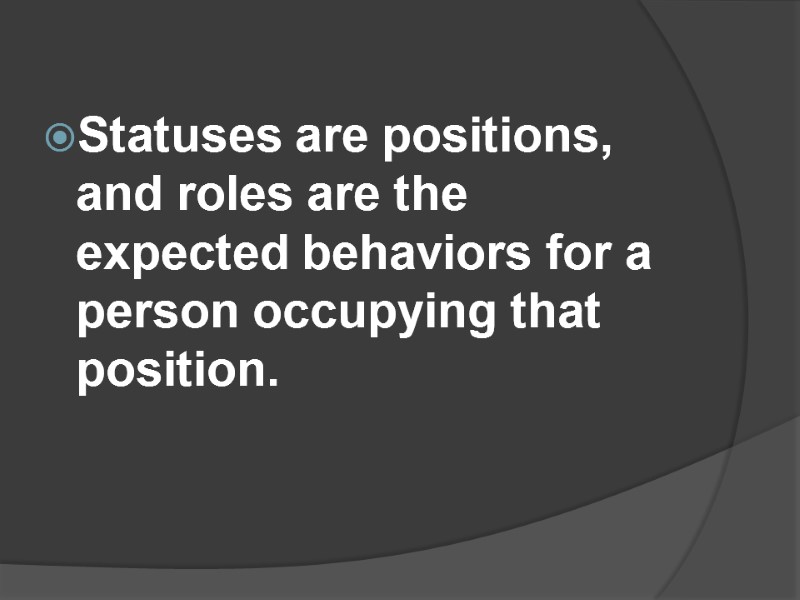
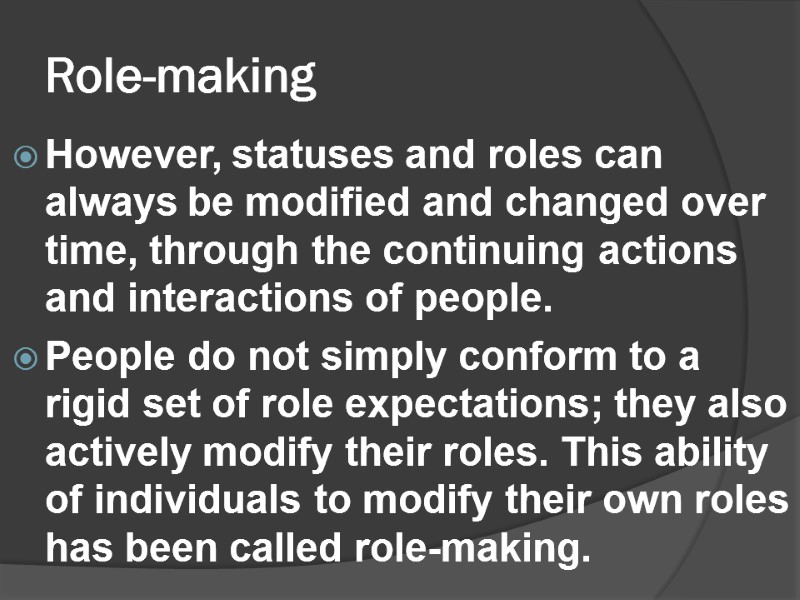
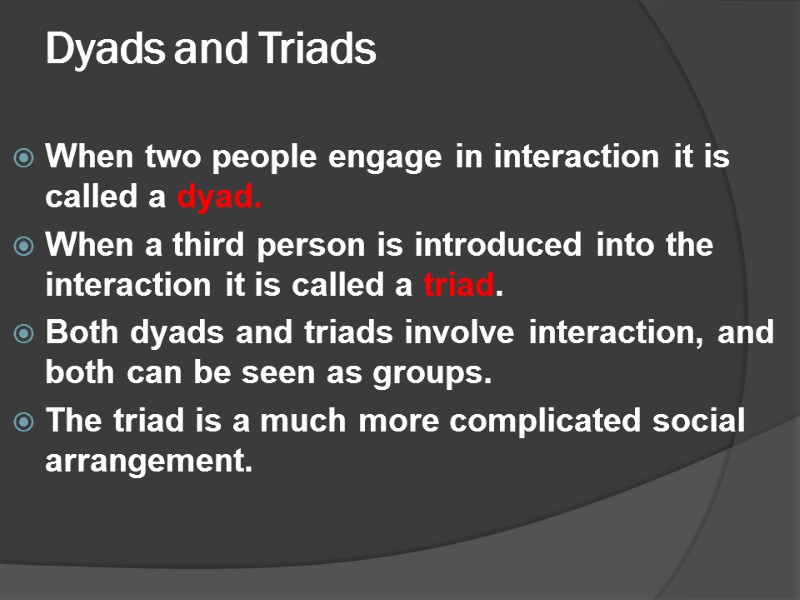
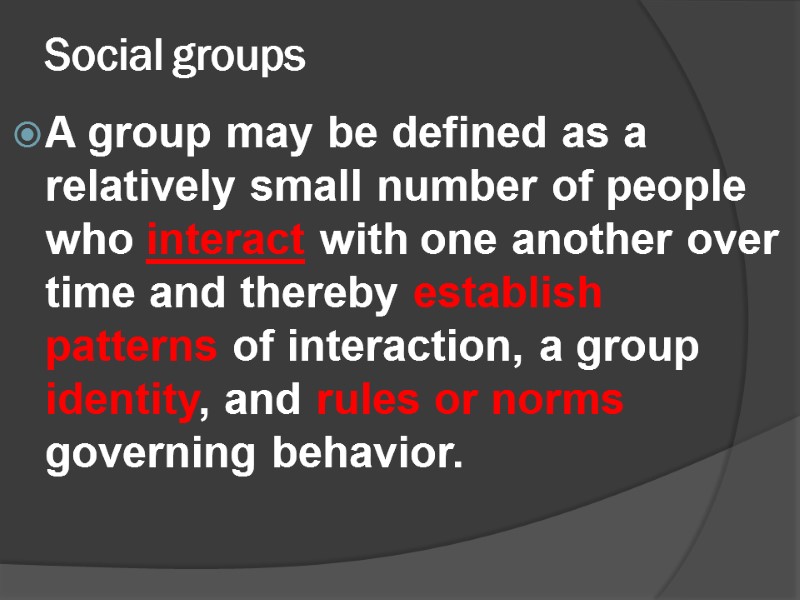

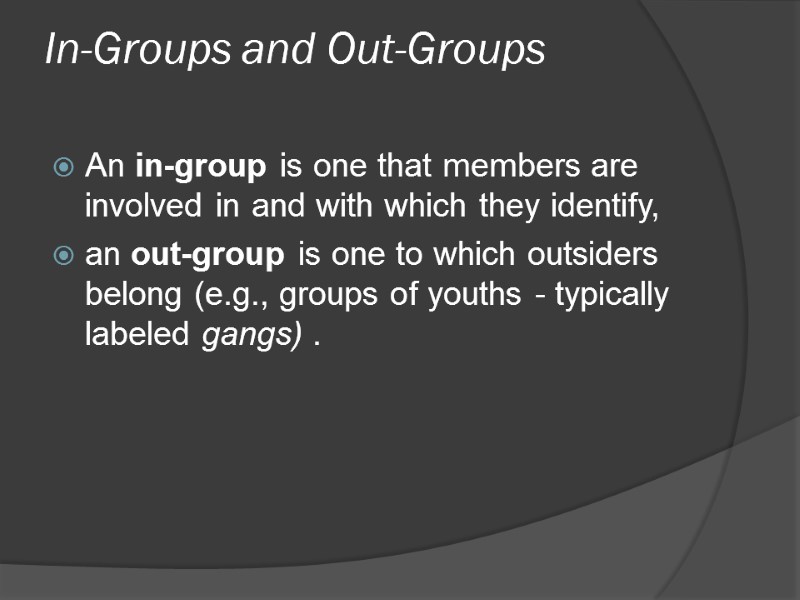
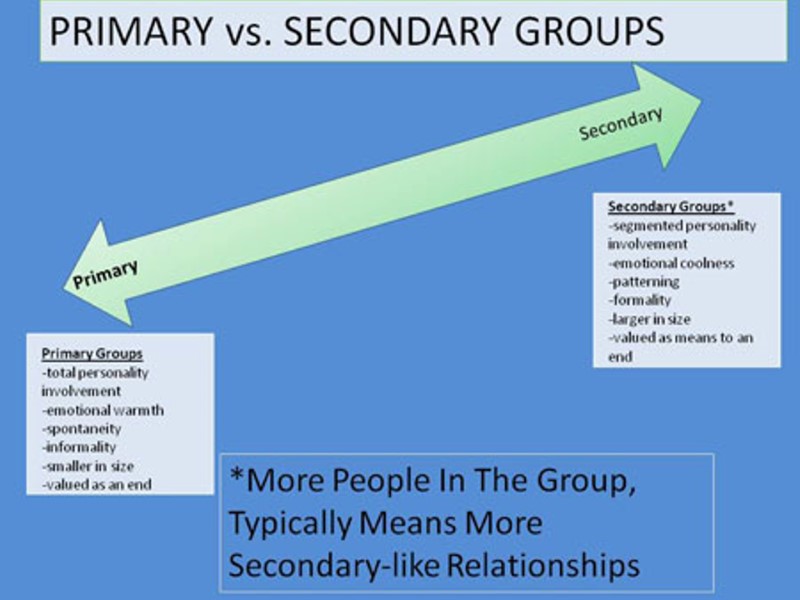

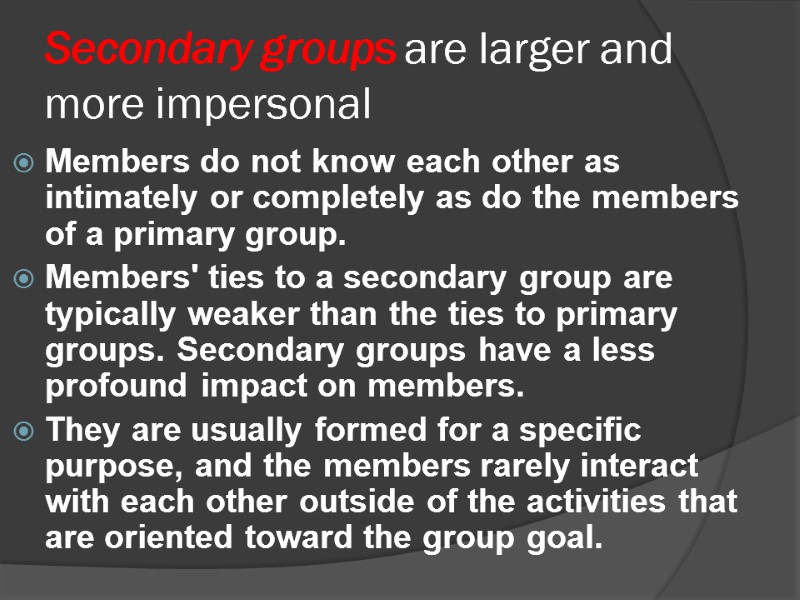
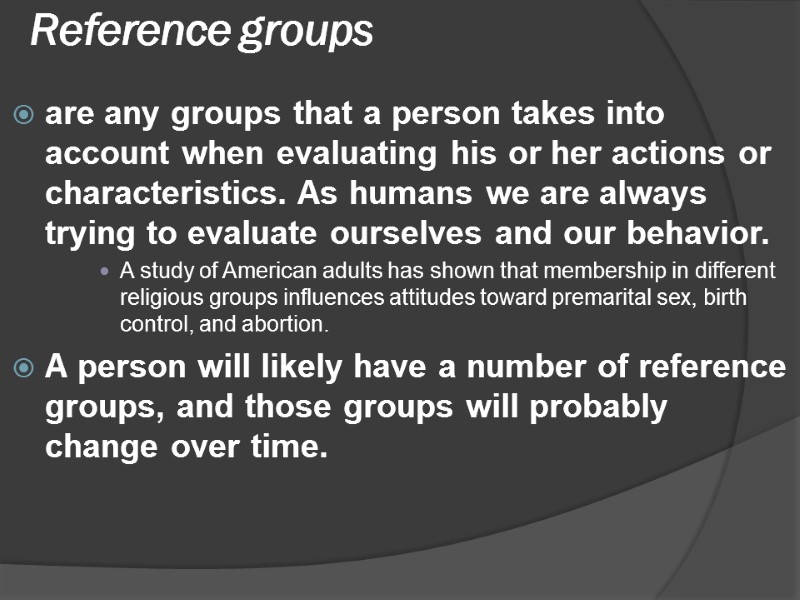
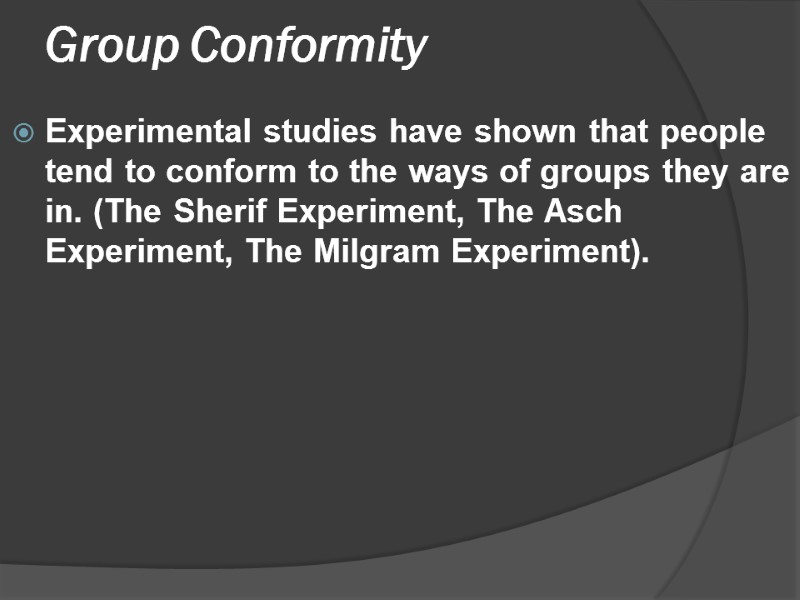
5734-4th_lecture_4_social_groups.ppt
- Количество слайдов: 21
 Lecture #4 Forms of social life: Interaction. Groups.
Lecture #4 Forms of social life: Interaction. Groups.
 Social structures The way the people of any society relate to each other and organize their social lives is not random but patterned. Social structures are regular patterns of interaction and persistent social relationships. At a societal level, structures often reflect distributions of wealth, power, or authority, Structures can also be described along ethnic or racial lines.
Social structures The way the people of any society relate to each other and organize their social lives is not random but patterned. Social structures are regular patterns of interaction and persistent social relationships. At a societal level, structures often reflect distributions of wealth, power, or authority, Structures can also be described along ethnic or racial lines.
 The structure of a typical family Male (father) Female (mother) Marital bond Offspring of marital bond
The structure of a typical family Male (father) Female (mother) Marital bond Offspring of marital bond

 Social structures Because social structures are created by people, they can change over time. But structures tend to have some persistence, and when sociologists speak of social structures they are talking about patterns of interaction and social relationships that persist over time. Included would be the major social structures found in societies, for they generally do not change rapidly.
Social structures Because social structures are created by people, they can change over time. But structures tend to have some persistence, and when sociologists speak of social structures they are talking about patterns of interaction and social relationships that persist over time. Included would be the major social structures found in societies, for they generally do not change rapidly.
 Interaction Interaction between individuals is a complex process, but people do it with ease in their everyday lives. Although interaction has a creative and spontaneous dimension, it is patterned to some degree by cultural values and social norms.
Interaction Interaction between individuals is a complex process, but people do it with ease in their everyday lives. Although interaction has a creative and spontaneous dimension, it is patterned to some degree by cultural values and social norms.
 Patterns of behavior are also produced by the statuses and roles that people occupy.
Patterns of behavior are also produced by the statuses and roles that people occupy.
 Status and role A status is a socially recognized position in a social system. A role is the behavior generally expected of one who occupies a particular status.
Status and role A status is a socially recognized position in a social system. A role is the behavior generally expected of one who occupies a particular status.
 An ascribed and achieved statuses An ascribed status is one into which individuals move or are placed, irrespective of their efforts or capacities (e.g., male or female, young or old, black or white, son or daughter etc.) An achieved status is one that people acquire through their own efforts (e.g., college graduate, getting married, having children, becoming an astronaut, or even becoming a bank robber etc.)
An ascribed and achieved statuses An ascribed status is one into which individuals move or are placed, irrespective of their efforts or capacities (e.g., male or female, young or old, black or white, son or daughter etc.) An achieved status is one that people acquire through their own efforts (e.g., college graduate, getting married, having children, becoming an astronaut, or even becoming a bank robber etc.)
 A master status A master status refers to a position so important that it dominates and overrides all other statuses, but for the person and all other people (e.g., an AIDS Victim). More commonly in our society, a master status is related to one's occupation (e.g., a Supreme Court Justice, a nun, a major league baseball player, or an opera singer etc.)
A master status A master status refers to a position so important that it dominates and overrides all other statuses, but for the person and all other people (e.g., an AIDS Victim). More commonly in our society, a master status is related to one's occupation (e.g., a Supreme Court Justice, a nun, a major league baseball player, or an opera singer etc.)
 Statuses are positions, and roles are the expected behaviors for a person occupying that position.
Statuses are positions, and roles are the expected behaviors for a person occupying that position.
 Role-making However, statuses and roles can always be modified and changed over time, through the continuing actions and interactions of people. People do not simply conform to a rigid set of role expectations; they also actively modify their roles. This ability of individuals to modify their own roles has been called role-making.
Role-making However, statuses and roles can always be modified and changed over time, through the continuing actions and interactions of people. People do not simply conform to a rigid set of role expectations; they also actively modify their roles. This ability of individuals to modify their own roles has been called role-making.
 Dyads and Triads When two people engage in interaction it is called a dyad. When a third person is introduced into the interaction it is called a triad. Both dyads and triads involve interaction, and both can be seen as groups. The triad is a much more complicated social arrangement.
Dyads and Triads When two people engage in interaction it is called a dyad. When a third person is introduced into the interaction it is called a triad. Both dyads and triads involve interaction, and both can be seen as groups. The triad is a much more complicated social arrangement.
 Social groups A group may be defined as a relatively small number of people who interact with one another over time and thereby establish patterns of interaction, a group identity, and rules or norms governing behavior.
Social groups A group may be defined as a relatively small number of people who interact with one another over time and thereby establish patterns of interaction, a group identity, and rules or norms governing behavior.
 A larger entity such as a society (e.g., Kazakhstan society) differs from a group in that all the members of a society cannot possibly interact with each other because of their large number. Several people who meet briefly on an elevator are not a group
A larger entity such as a society (e.g., Kazakhstan society) differs from a group in that all the members of a society cannot possibly interact with each other because of their large number. Several people who meet briefly on an elevator are not a group
 In-Groups and Out-Groups An in-group is one that members are involved in and with which they identify, an out-group is one to which outsiders belong (e.g., groups of youths - typically labeled gangs) .
In-Groups and Out-Groups An in-group is one that members are involved in and with which they identify, an out-group is one to which outsiders belong (e.g., groups of youths - typically labeled gangs) .

 Primary groups are intimate, face-to-face groups (are typically small and close-knit) The relationships among the members are very personal. They strongly identify with each other as well as with the group as a whole. As a result of the closeness of the relationships, the primary group often has a profound effect on its members (e.g., the family, play groups of children, and neighborhood or community groups).
Primary groups are intimate, face-to-face groups (are typically small and close-knit) The relationships among the members are very personal. They strongly identify with each other as well as with the group as a whole. As a result of the closeness of the relationships, the primary group often has a profound effect on its members (e.g., the family, play groups of children, and neighborhood or community groups).
 Secondary groups are larger and more impersonal Members do not know each other as intimately or completely as do the members of a primary group. Members' ties to a secondary group are typically weaker than the ties to primary groups. Secondary groups have a less profound impact on members. They are usually formed for a specific purpose, and the members rarely interact with each other outside of the activities that are oriented toward the group goal.
Secondary groups are larger and more impersonal Members do not know each other as intimately or completely as do the members of a primary group. Members' ties to a secondary group are typically weaker than the ties to primary groups. Secondary groups have a less profound impact on members. They are usually formed for a specific purpose, and the members rarely interact with each other outside of the activities that are oriented toward the group goal.
 Reference groups are any groups that a person takes into account when evaluating his or her actions or characteristics. As humans we are always trying to evaluate ourselves and our behavior. A study of American adults has shown that membership in different religious groups influences attitudes toward premarital sex, birth control, and abortion. A person will likely have a number of reference groups, and those groups will probably change over time.
Reference groups are any groups that a person takes into account when evaluating his or her actions or characteristics. As humans we are always trying to evaluate ourselves and our behavior. A study of American adults has shown that membership in different religious groups influences attitudes toward premarital sex, birth control, and abortion. A person will likely have a number of reference groups, and those groups will probably change over time.
 Group Conformity Experimental studies have shown that people tend to conform to the ways of groups they are in. (The Sherif Experiment, The Asch Experiment, The Milgram Experiment).
Group Conformity Experimental studies have shown that people tend to conform to the ways of groups they are in. (The Sherif Experiment, The Asch Experiment, The Milgram Experiment).

